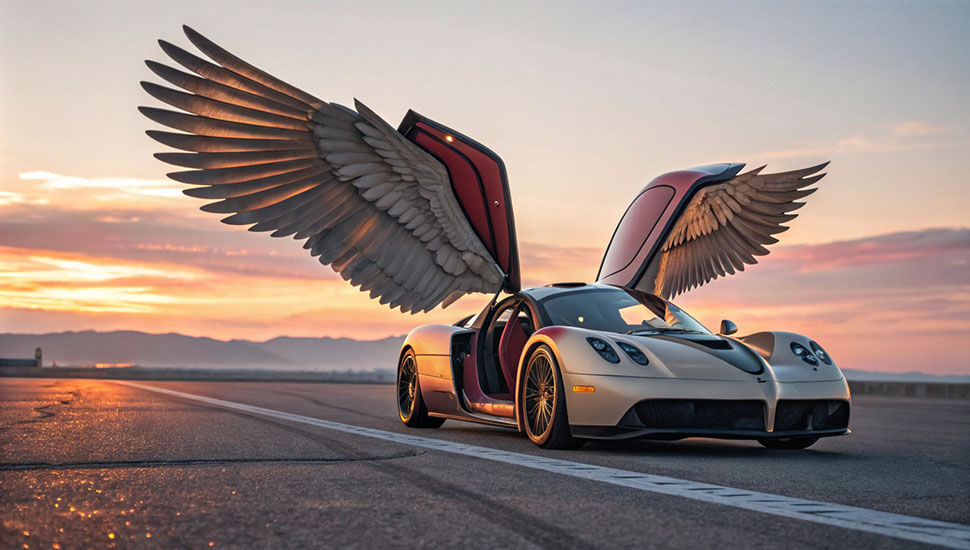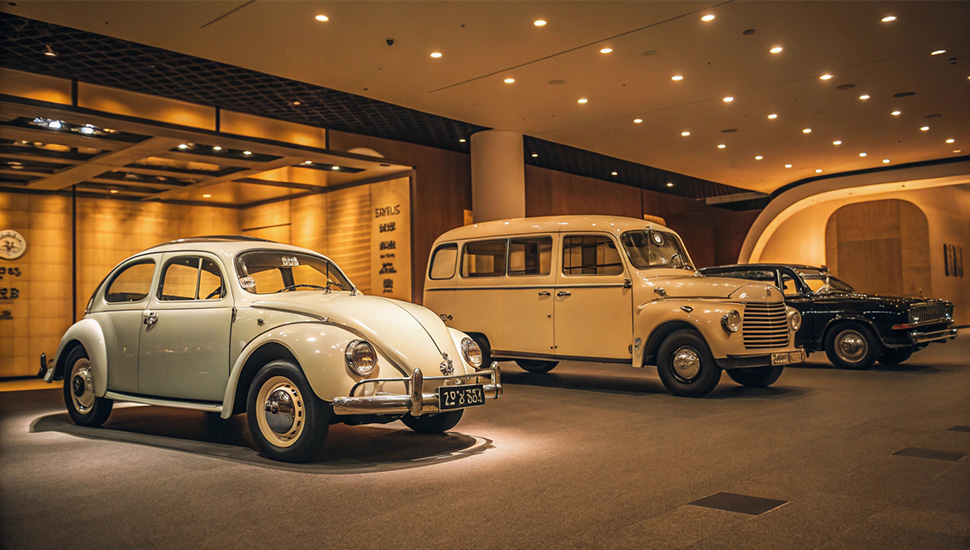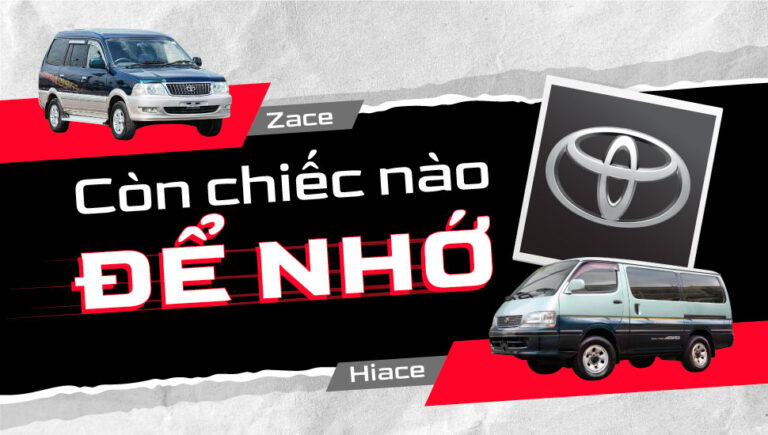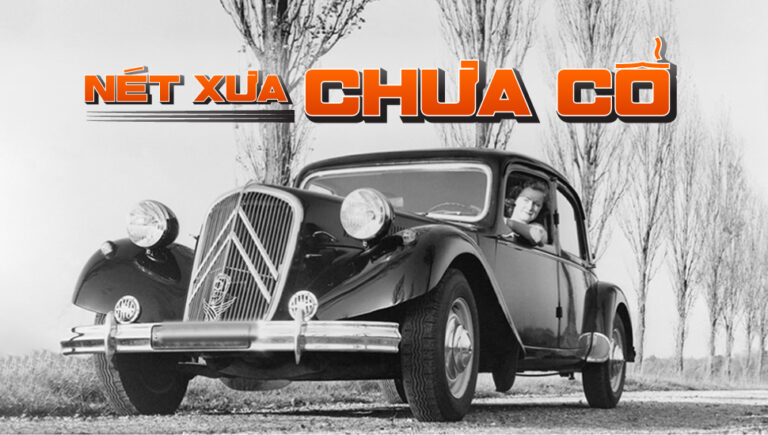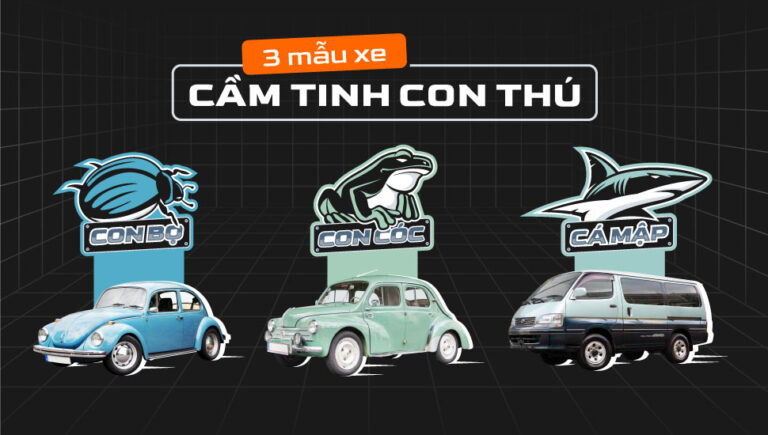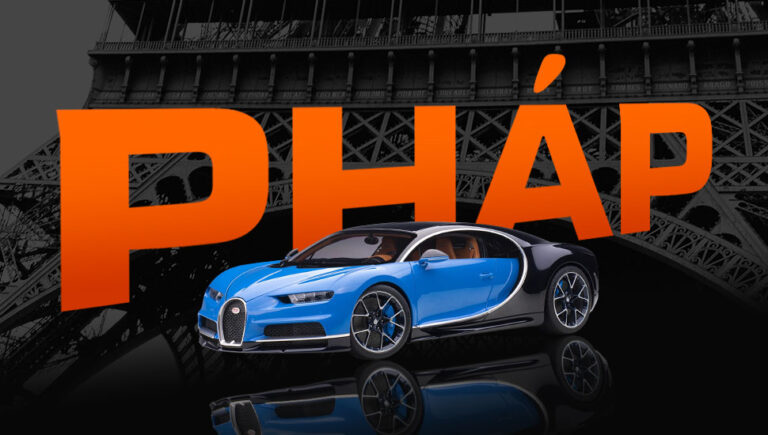Humans have nicknames, and so do cars. A nickname is part of life; we can’t avoid it even if we try. Most nicknames are labels given by others. The “name” can be built up, but it can also be brought down.
The Beetle – Volkswagen Beetle
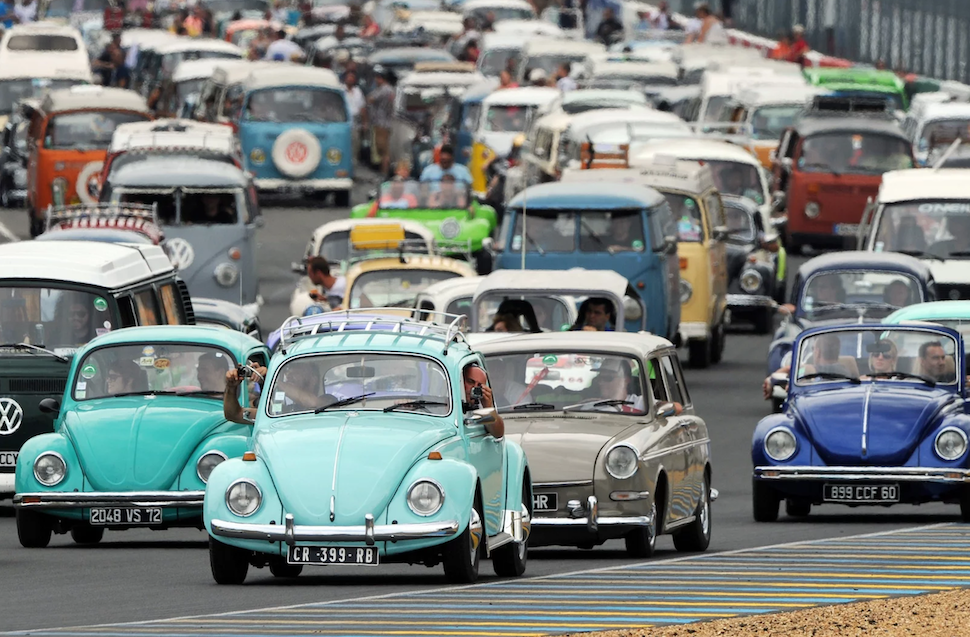
In 1937, after drafting and naming a car with the criteria of seating four, being compact, and affordable, Hitler summoned the legendary automobile designer Ferdinand Porsche to a meeting. Just a year later, in 1938, the first version of the iconic, immortal Beetle was born by order. Around the same time, the Volkswagen brand emerged, gradually evolving into the powerhouse Volkswagen Group we know today.
Since then, the Beetle has undergone many adjustments and changes (albeit minor ones), from hardtop to convertible. Yet, the “Beetle” has become a 20th-century icon. It’s the best-selling car in the world and boasts an astonishing lifespan of over 80 years in production (starting in 1938 in Germany and ending in 2019 at a factory in Mexico).
Despite decades of wars, turmoil, and shifting trends, the Beetle’s design hasn’t changed much since its debut. It still has the rounded hood, the curved rear, and the sculpted front. Beyond the streets, the Beetle appears in art, film, and poetry. Attend a meetup of the Beetle Club of Vietnam, and you’ll truly understand the indescribable charm of this immortal legend. Classic cars are not merely old cars—they’re a different breed entirely.
The Frog – Renault 4CV
The Renault 4CV is one of the legendary models from French automaker Renault for three reasons:
- It was developed in secrecy by French engineers during World War II, while France was under German occupation and car factories were repurposed for military use.
- It was the first French car to exceed one million units in production.
- It holds a place in the world’s automotive museums as a testament to Renault’s glorious achievements.
Debuting in 1946 with the slogan, “4 doors, 4 seats, 4 horsepower, 440,000 francs!”, the Renault 4CV quickly arrived at Saigon in the 1950s, transporting officials and leaders. By the 1960s, a significant number of Renault 4CVs were repainted in two-tone white and green and converted into “frog taxis” that became a hallmark of old Saigon.
Before 1975, Renault, alongside Citroën, Peugeot, and Fiat, dominated the streets of Saigon. Renault has entered Vietnam twice but retreated quietly both times under the pressure of competition from Japanese, Korean, American, and German automakers, with the latest withdrawal in 2021. The essence of old France is very different from modern France—in every way. Apart from the luxury brand Bugatti, known for its stunning design and high prices, Peugeot is the only French car brand officially operating in Vietnam today, though it lacks the fondness Renault once enjoyed in the 1960s.
The Shark – Toyota Hiace
Since its debut in 1967, the Toyota Hiace (pronounced “Hi Ace”) has gone through six generations. In every iteration, it has been a best-seller in the commercial passenger vehicle segment across key markets in Asia and Africa.
Toyota Hiace’s first milestone in Vietnam was in August 1996, with the first Toyota vehicle assembled locally being a fourth-generation Hiace (followed by the Corolla in 1997). As the van rolled onto the streets, it quickly earned the nickname “Toyota Shark” for its large size and ability to dominate the roads, effortlessly outperforming older, rusting passenger vans.
Between 1998 and 2002, the Toyota Shark enjoyed its golden era in Vietnam. It appeared at airports picking up overseas Vietnamese, transported passengers on interprovincial routes, and was even a staple for private hires—from leisure trips to weddings and funerals. The Toyota Shark also became a staple in Hong Kong action films by TVB, often carrying full teams of gangsters. When the sliding door opened, out came men wielding knives and swords—truly iconic scenes. In short, when there was a need to transport more than 12 people, the Toyota Shark was the go-to choice. No second thoughts were needed.
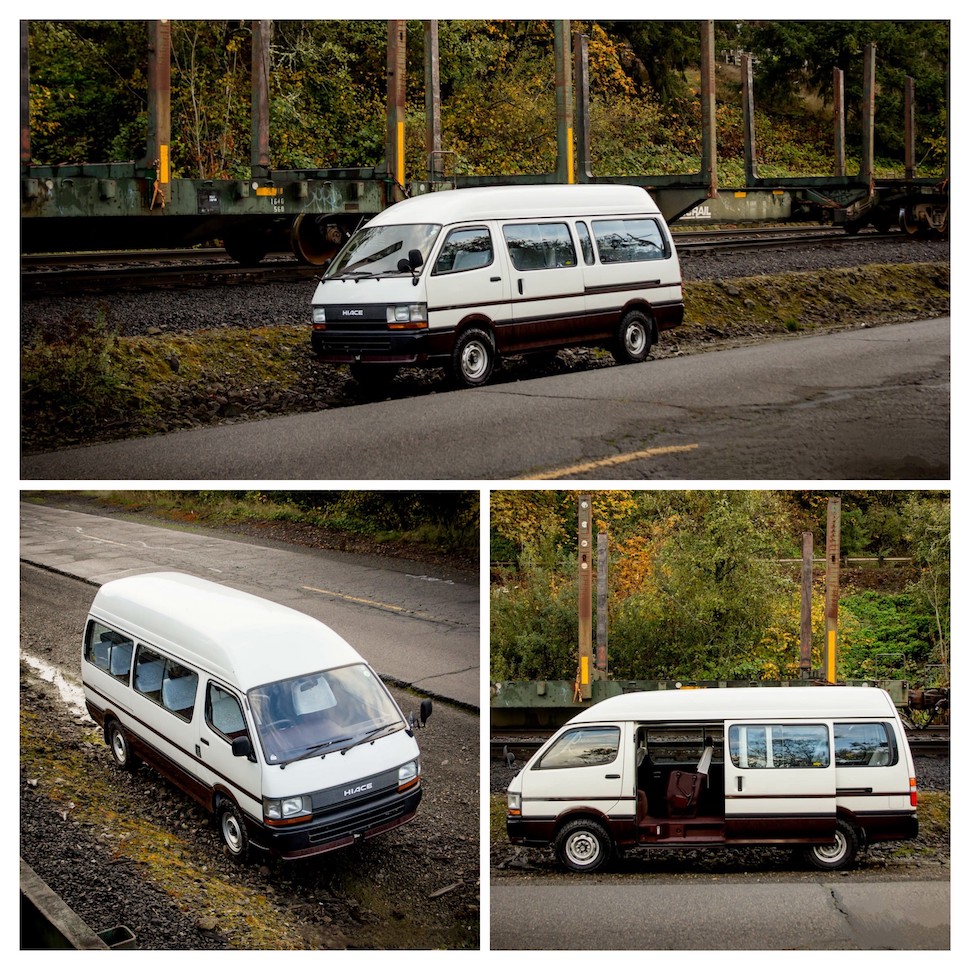
Recognizing the potential of this segment, Ford Vietnam introduced the Ford Transit, which immediately displaced the Toyota Shark as the best-seller. In the early 2000s, the 16-seater minibus market was dominated by three models: the Toyota Shark, the Ford Transit, and the Mercedes MB140 (later replaced by the “speedster” Mercedes Sprinter in 2004).
By 2018, Toyota attempted to bring the Shark back to Vietnam, importing units from Thailand, but by then, the market and trends had shifted. The Shark was reduced to bones and eventually retreated to the ocean in 2022. Cars, like people, have their time. Ride the wave when it comes; accept the ebb when it’s over.
A Final Note From Editor
The era of the Beetle, the Frog, and the Shark has ended, living on only in vivid childhood memories and the sparkling recollections of old-timers. For young Vietnamese today, only the prancing horse of Ferrari or the raging bull of Lamborghini can satisfy their desire for power and style. Dreams of driving these iconic supercars have reached fever pitch. Many appear lavish, but in reality, they’re just piling on debt.
